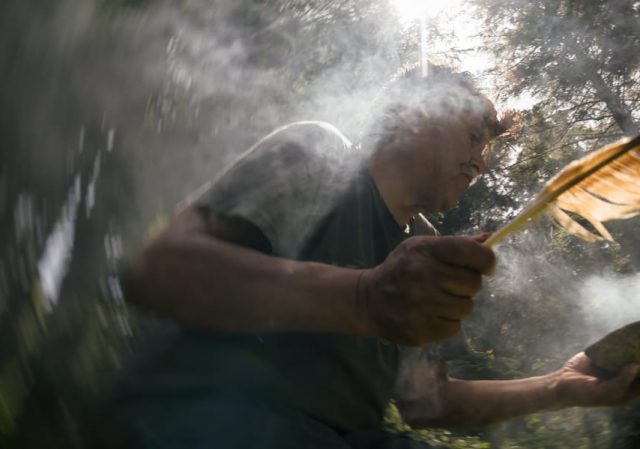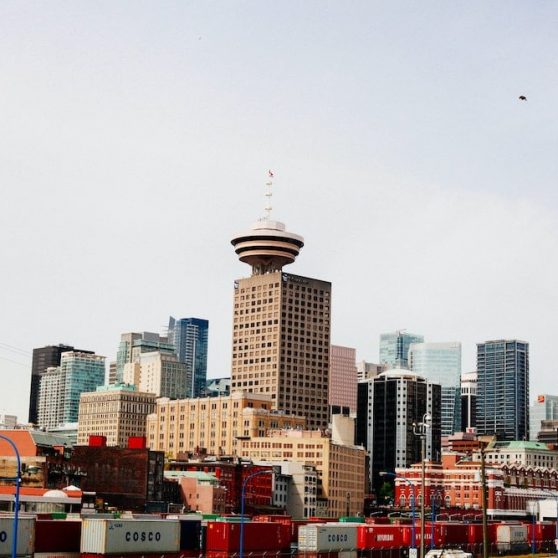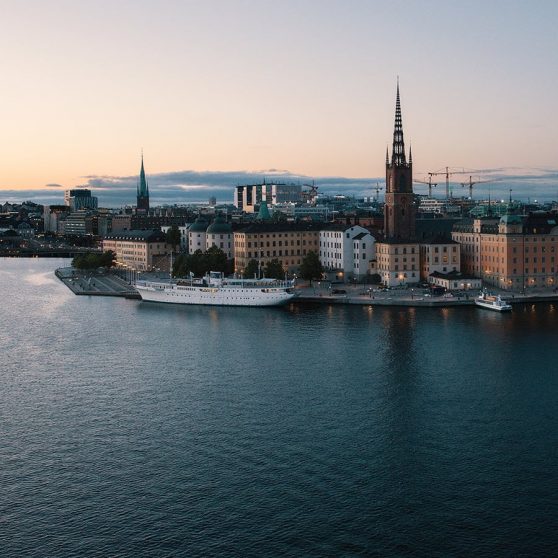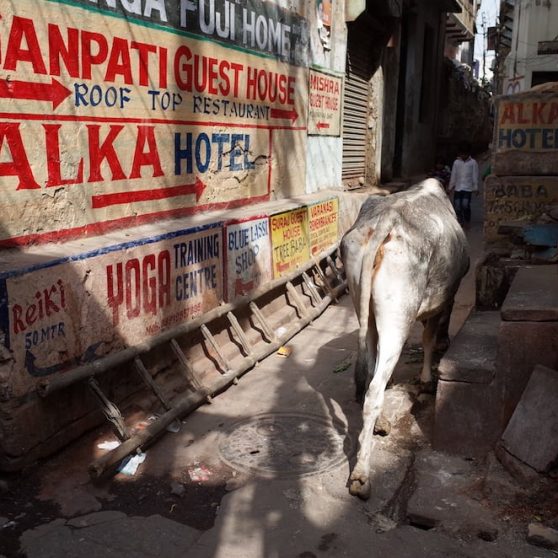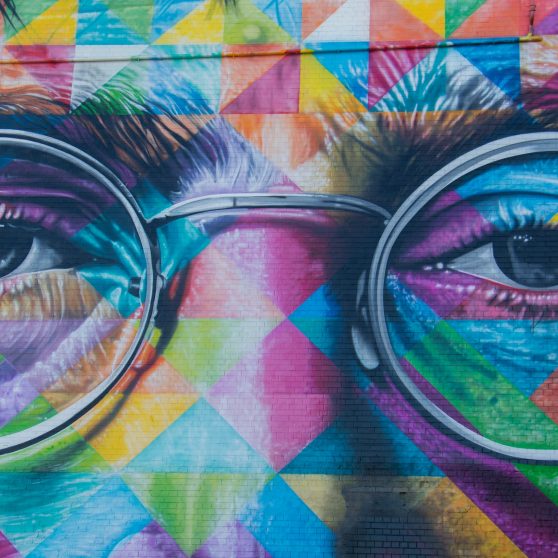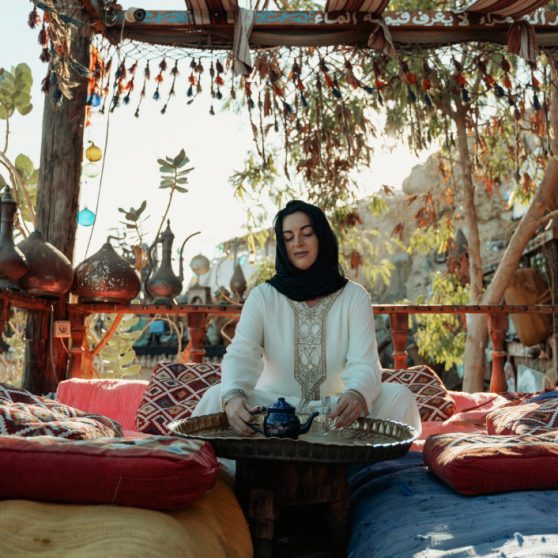How much do you know about First Nations history in Canada or the United States? Or the effects of institutional racism on Indigenous people today? The answer is probably not a lot. For Melody Charlie, an Indigenous photographer based on Vancouver Island, Canada, her work is a calling she hopes will serve to uplift her community while changing mainstream narratives.
“The media will always portray us as how they want others to see us, which is always so surface or so needy and/or in survival. It’s important to me that we’re seen beyond what they selectively show.”
You might see in the news or on social media stories about protests, pipelines, disputes about clean water, racism, police brutality, missing or murdered women and children. These stories make me feel uncomfortable, angry, confused, exhausted. Now imagine what it must be like for Indigenous people who live this reality? Talk about true exhaustion. One that extends across generations… Literally hundreds of years.
“Highlighting institutional racism seems to be fuelling a fire that continues to burn bigger, brighter and beyond my control lately. I feel like a firefighter running around trying to get others to pick up a hose, it truly is exhausting.”
What is clear is that our systems of government and the institutions that uphold them were not designed with the best interests of Indigenous people in mind. These institutions consistently broke promises, exploited or just plain abused or murdered Indigenous people. Just ask author Thomas King, who wrote the award-winning book The Inconvenient Indian: A Curious Account of Native People in North America.
“Strangers in a strange land, European squatters quickly crafted an easy narrative that ignored Native humanity and reduced Indians to instruments of divine punishment,” writes King.
“North American popular culture is littered with savage, noble, and dying Indians, while in real life we have Dead Indians, Live Indians, and Legal Indians.”
It is uncomfortable to look at the truth, but it’s necessary. And while there is a dark historical legacy still at play, there is also hope.
Melody Charlie’s work is a beautiful mix of storytelling and documentary work within her community. Written on her Instagram description is “Indigenous. Culture. Food. Traditional Teachings. Connection to land & spirit. t̓aaqaakaḥ ʔani hininqa ƛułtuupʔi ✨ I believe in good things coming.”
Here is our interview
Can you share a bit about how you became a photographer and what it means to you to identify yourself as a First Nation Photographer?
How capturing became a way of life : 1980 ’s, dressing my teenage friends up and making them model (which I still do today with my friend’s of all ages), spending my last $10 on rolls of film to capture my oldest son (90’s), (2000) to wanting to share and shine our lights as the brown beautiful beings we are. Identifying as an Indigenous artist, when I first started my social media pages, I started under my name but was so proud of being First Nation that I wanted to ensure that was included loudly in me.
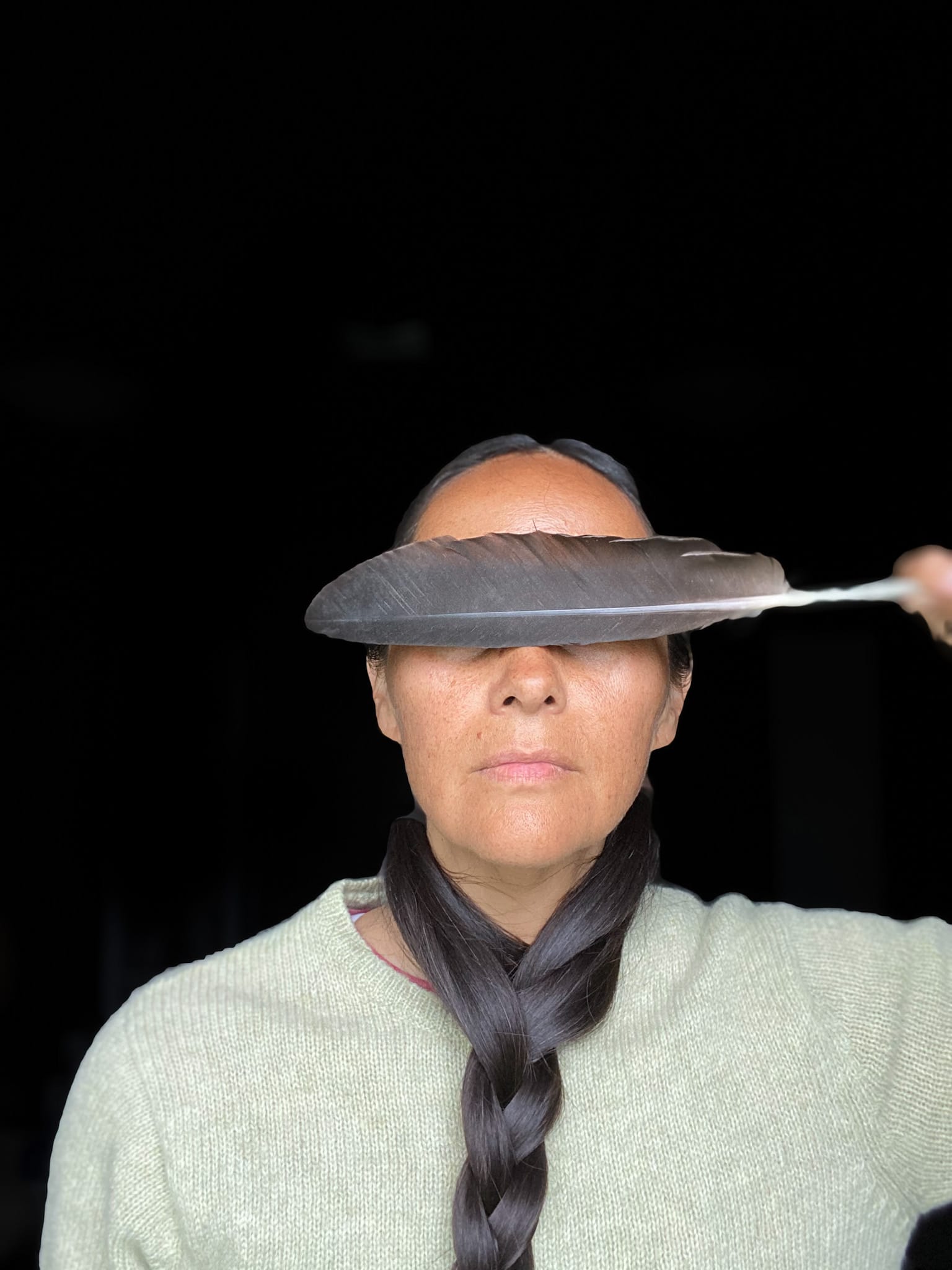
Do you consider yourself an activist?
(Giggles) Not until I entered menopause, I thought I may as well channel this energy to inspire others to also look at their own fires that have been burning with themselves too. To activate compassion and empathy in others to use their fires to warm others who’ve been out in the cold for too long.
Often the media portrays First Nations and Indigenous peoples in familiar circumstances and settings. A pow wow. Drum circles. Carvers. Your work tells a deeper story — a sacred story through examples of family, fishing, harvesting, portraits and other symbols. Why is it important to you that people see this perspective?
The media will always portray us how they want others to see us, which is always so surface or so needy and/or in survival. It’s important to me that we’re seen beyond what they selectively show. Spiritual beings drawn to our sacred spaces, honouring our stories, strengths and our struggles. Living off the land, hosting ceremonies and supporting one another through our journey as we all navigate through both the intergenerational trauma and ancestral healing. The balance between the historic trauma and ancestral healing can have us feeling like we’re going in circles but thankfully some of us find our true north that somehow safely guides us back home. Mainstream loves to focus on how lost we are but never shares why we’ve been so lost for so long, so the only stories I listen to about us are the ones we’re telling about ourselves (APTN).
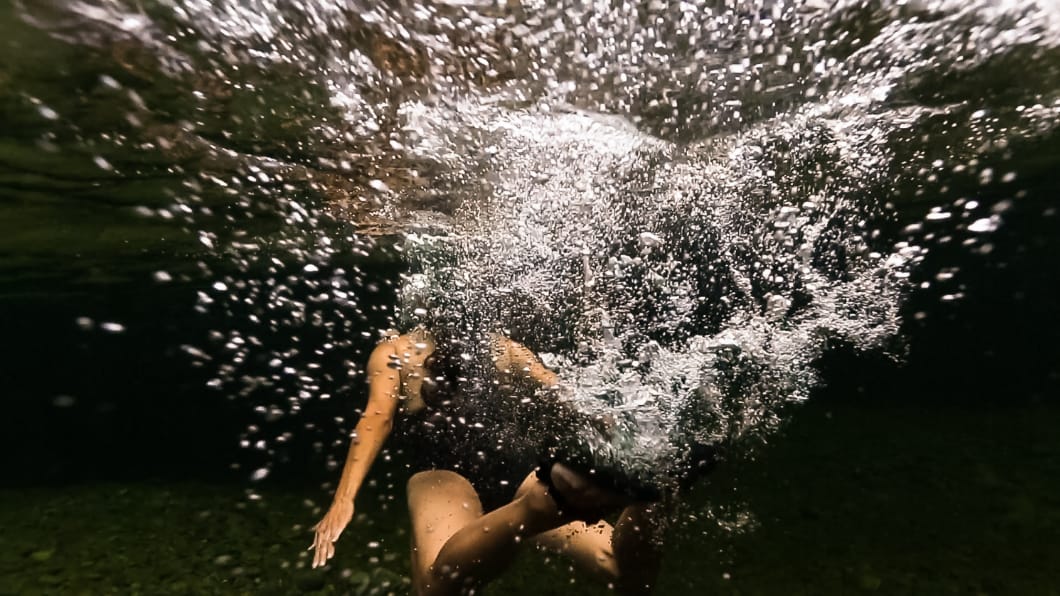
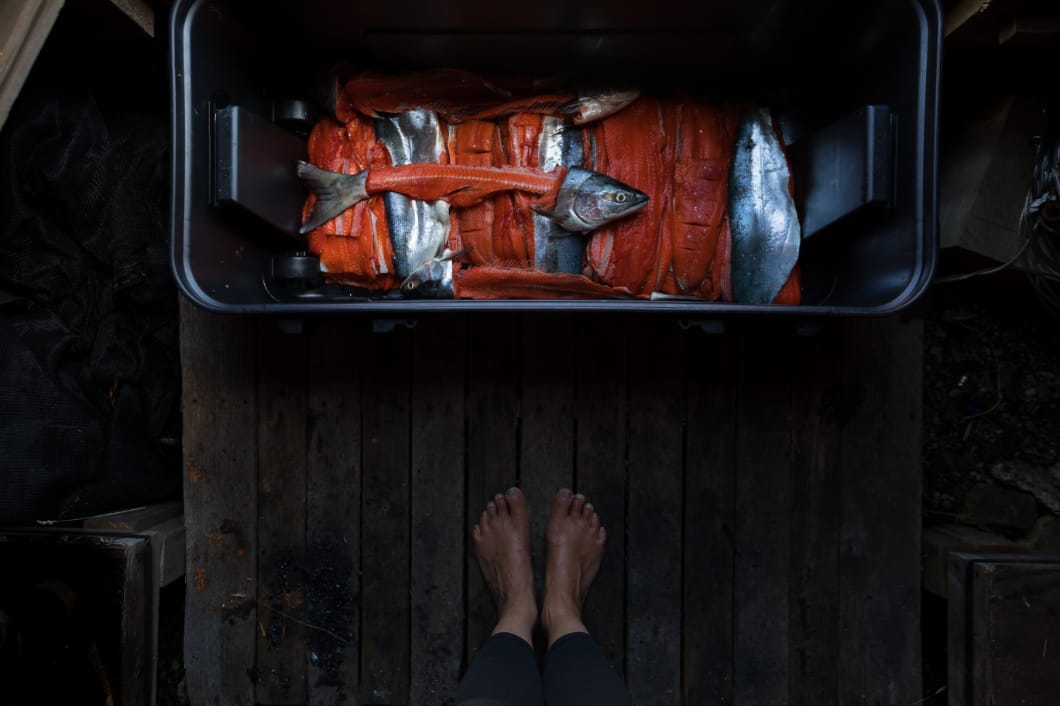
How do you balance a contemporary aesthetic in your images while also capturing sacred and traditional moments in people’s lives?
Balancing a contemporary aesthetic in images while also capturing sacred and traditional moments is a very fine line. To me, we have to keep some of our ways sacred and to ourselves but how do we pass some of these ways on if we aren’t sharing them? We are oral, visual people and nothing breaks my heart more than witnessing my people lose something that they never even got to have. Then again, it’s also one of my fav heart-bursting moments too when I get to capture the revival of some of these sacred ways/ceremonies!
Sharing these moments is never my call, it is always up to the families to share what they are comfortable sharing and or what they allow me to share of them. Even if I hear my grandfather in my mind that we aren’t to talk about some of these things, I always feel like I am breaking code sometimes when sharing but it comes from a place of utmost respect and hope that maybe, just maybe, even if one person takes that teaching and revives it in their own life, then it’s worth it breaking code to me, just so it can be put back where it belongs… together.
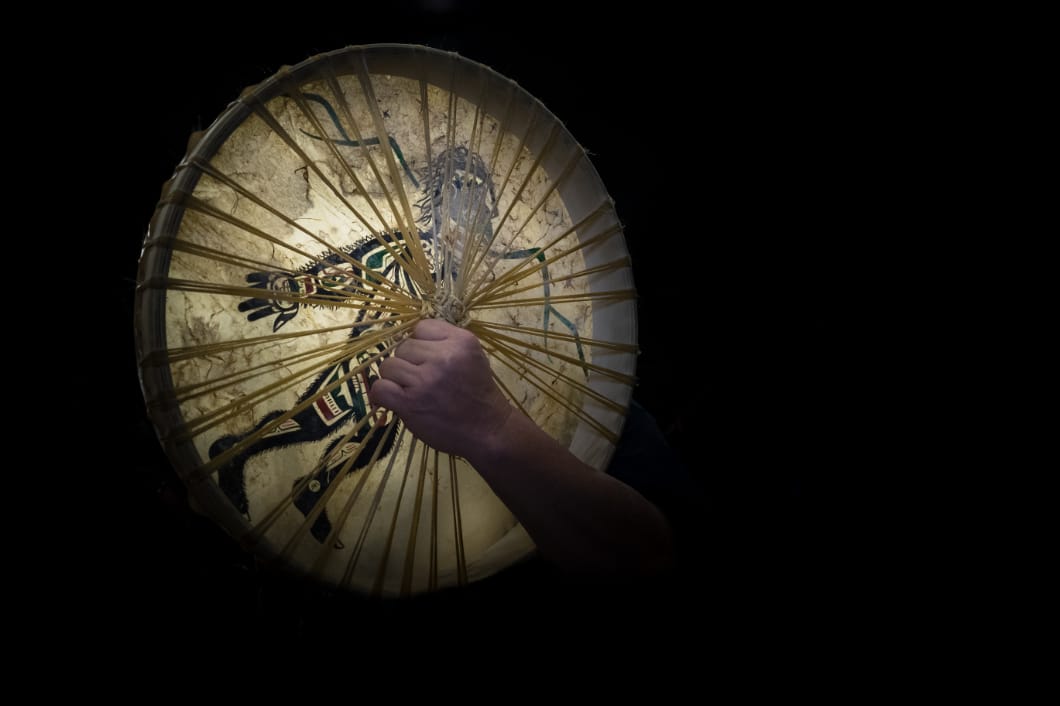
How much of your imagery is an extension of your life and community? Are we getting to know you through the people and stories you photograph?
I try not to share too much of my personal images as I never want to make it about me or mine but I love sharing (with permission) and shining lights on our people and their stories, strengths and struggles. Something about looking at someone in a new light that warms others out of their own darkness (thoughts, perceptions on us). Though the images are from various villages, it doesn’t matter where I go, we in so many ways share the same stories. Again, not wanting to make it about me, but I would hope that anyone who reads, follows or finds these stories would somehow sense an energy of love, hope and respect that I have for my people.
Canada tries to uphold a positive standing in the international community for peace-building and human rights — but has done a negligible job following through with basic needs for First Nations, Inuit and Metis communities across the country. There is a long list, but I want to highlight that institutional racism is an on-going issue that is pervasive across the country. How does this reality impact your life and your work?
There is a long list indeed and don’t get me started but highlighting institutional racism seems to be fuelling a fire that continues to burn bigger, brighter and beyond my control lately. I feel like a firefighter running around trying to get others to pick up a hose, it truly is exhausting. Trying to educate the privileged masses that it isn’t just First Nations who are under fire but it’s a home that belongs to all of us as a human collective that is also burning. The continued oppression of Indigenous Peoples from the corporate governments and their racist systems seem to be adding fuel to fire just for show, sadly a show that’s been flaming for 500 + years but yet we continue to carry water for their flames just as our ancestors have done.
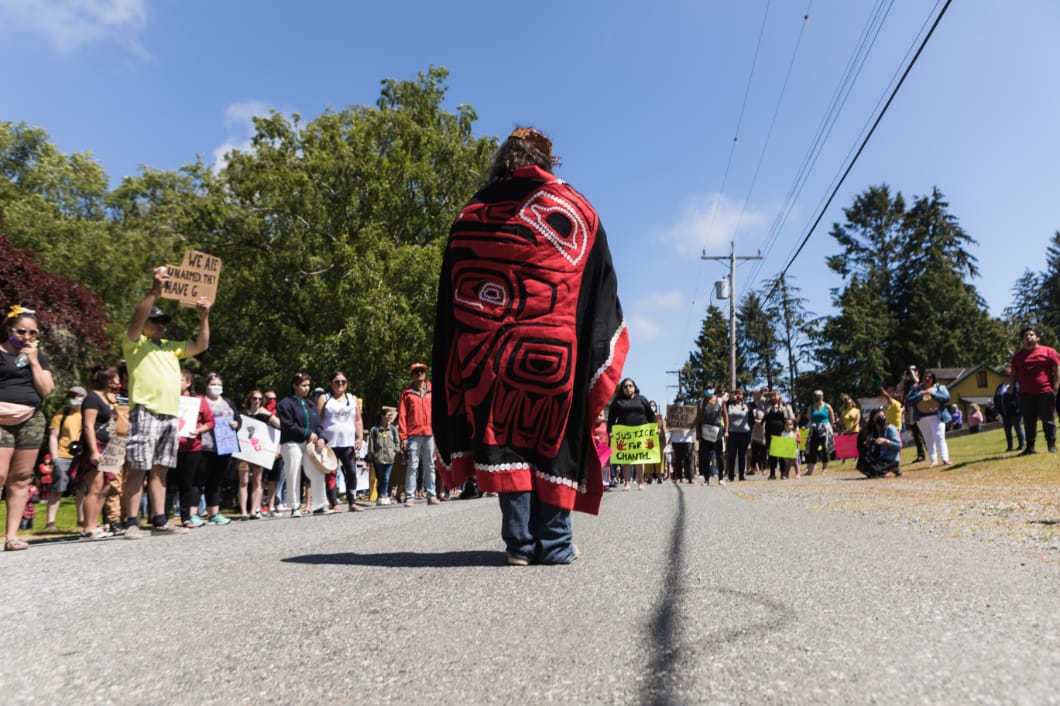
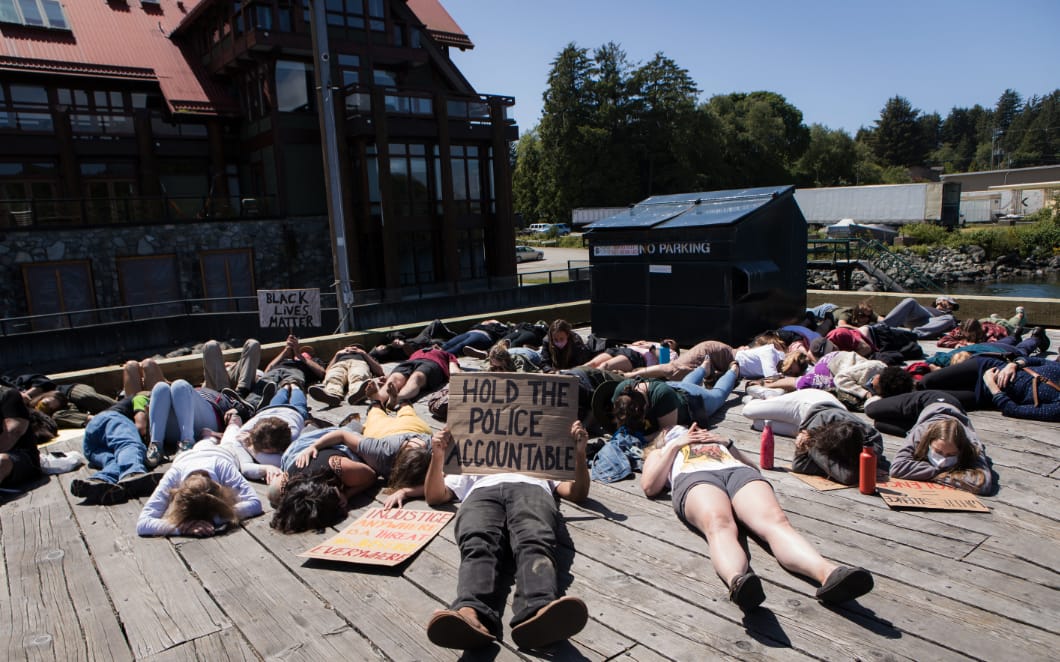
Into the future, what kind of change are you hoping for when it comes to how First Nations people are perceived/understood?
For the next generations, including the unborn ones yet to come, my hope is that the masses (white people) will continue to explore their own wounds within themselves so that they can fully accept and embrace not only themselves but for us too. People can only meet you as far as they’ve met themselves and I look forward to the day when more of the masses fully meet themselves (done more of their own healing) so they can FINALLY meet us. Until you’ve met you, you’ll never meet us, then when you have finally fully met yourself, then and only then will you maybe see me as you. Until then, I love encouraging people to explore Me And White Supremacy (book) to dive into your own depths cause that’s where you’ll find us, down there deep diving.
Can you share any books, poetry or artists that you admire?
These are my go-to’s for spiritual refuels but I always feel like it’s so unfair to only share our strengths and spiritual fuels so I highly suggest checking out my list of suggested educational reads on Instagram (@firstnationphotographer) but here be my favs!
How to Be An Elder, Clarissa Pinkola Estes & Braiding Sweetgrass, Robin Wall Kimmerer audiobooks are my fav books! Richard Wagamese, One Story One Song paperback I carry around extra copies to give to anyone in our villages who I think might read. Those Who Run In The Sky by Aviaq Johnston, my son and I read in a few days, we could not put it down! Before Tomorrow (film on Inuit Culture) & I Heard The Owl Call My Name are my go to’s when I feel like throwing in the towel and assimilating by choice with rest who’ve thrown in their towels without even realizing. Bioneers Indigenous Knowledge, Teachings In The Air and On Being (Krista Tippett) are my go-to podcasts that remind me to hold onto my towel, teachings & traditions.
For decades, my identity was political, but I’ve come to understand that there’s no political solution when you’re dealing with someone else’s rules. – John Trudell
